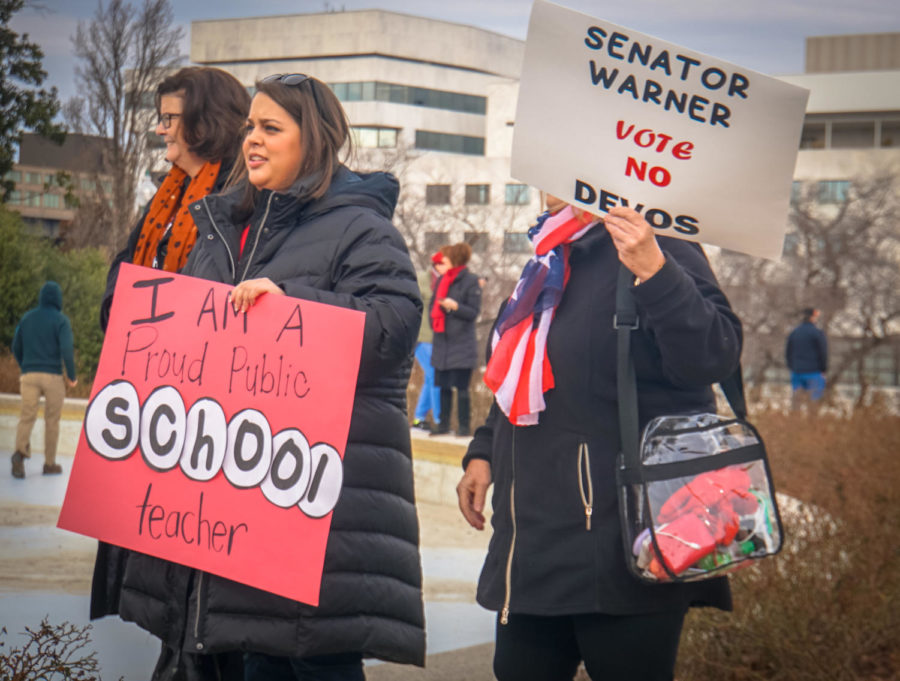A Year in Teacher Protests
As this school year comes to a close, so do the nationwide, teacher-led protests. From West Virginia all the way to Arizona, teachers have rallied at their state capitals. Some gained more than others while others are still fighting. Here is a rundown of what these teachers protested and what they changed.
In West Virginia, teachers wanted better pay and a fix to their insurance. After nine days of striking, West Virginia Governor Jim Justice signed off on a 5% raise for teachers and agreed to a long-term fix for their insurance policies.
Moving west towards Oklahoma, teacher salaries rank in the bottom three. The teachers’ union asked for $10,000 raises for teachers, $5,000 raises for support staff, and $200 million in education funding. Just before teachers walked out, a $6,100 teacher salary raise, $1,250 support staff raise and $50 million in education funding was approved by the state. As this mandate fell short of their demands, teachers walked off their jobs. Lawmakers, however, showed no efforts to make any other offers, so the walkout ended with nothing more than what was granted the day before the protests began. Teachers took this not as a defeat but as a call to action, and a number of Oklahoma teachers are now running for state office.
In Arizona, teachers asked for a 20% raise to be followed by smaller raises in the upcoming years because teacher salaries in that state are far below the national average. This request would allow Arizona to slowly but surely meet the national average. In addition, teachers wanted to set a limit of 23 students per classroom, restore education funding to pre-recession levels, and demanded no new tax-cuts until per-student funding reached the national average.
After just six days, Arizona teachers ended their walkout when the governor signed an education funding law. In addition, a plan was set into place that guaranteed a steady increase to a 20% salary raise by 2020. More funding for support staff and new textbooks was also approved, but the teacher’s efforts did not stop there. Moving forward, they have committed to fighting for lower counselor-to-student ratios as well as other teacher supported amendments.
In North Carolina, teachers wanted lawmakers to spend more per student, decrease class size, create a pay plan for all school personnel, increase the number of support staff such as school nurses, counselors, social workers, and develop a construction board in order to do repair work on crumbling schools. While their protest only lasted one day, teachers are working hard to elect pro-public education leaders in North Carolina so as to have have long-term, sustainable victories.
Many ask why teacher walkouts are sweeping the nation. National Education Association President Lily Eskelsen Garcia explains that “During the recession, states across the country adopted austerity budgets that slashed funding for schools, and our students who need the most support bore the brunt of those cuts.” In recent years, America’s economy has improved but education and teaching have yet to regain what was lost during the Great Recession.






